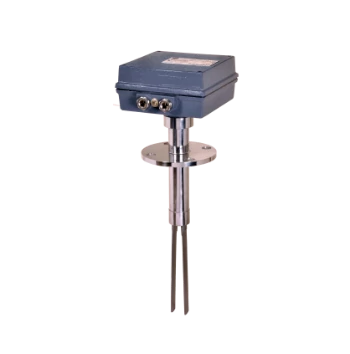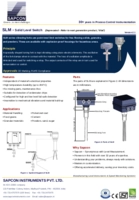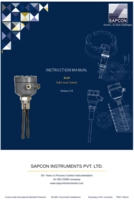Operating Principle
A specially shaped tuning fork is kept vibrating using piezo-electric elements. The oscillation of the fork damps when in contact with the material. The loss of oscillation amplitude is detected and used for switching a relay. The output contacts of the relay are in turn used for annunciation or control.
Applications

Brewery Production Plant
In the brewery industry, raw materials require vibrating forks for level detection purposes.
- Barley Grains
- Hops
- Mash Tun

Man-Made Fibre
These small and light-weight PET chips can be detected with the help of a vibration type level switch.
- Plastic Chips
- PVC Chips

Grain Handling
Calibration-free vibrating fork level switch can be used to detect free-flowing grains.
- Pulses
- Rice
- Wheat


